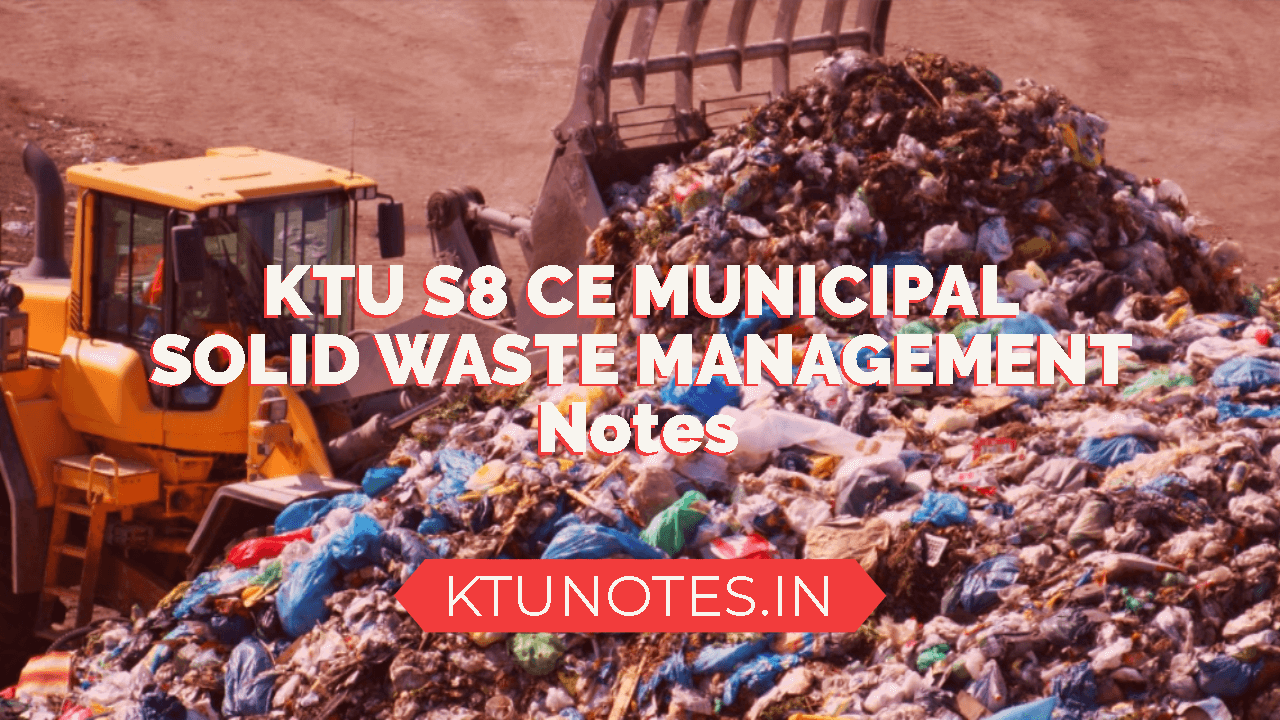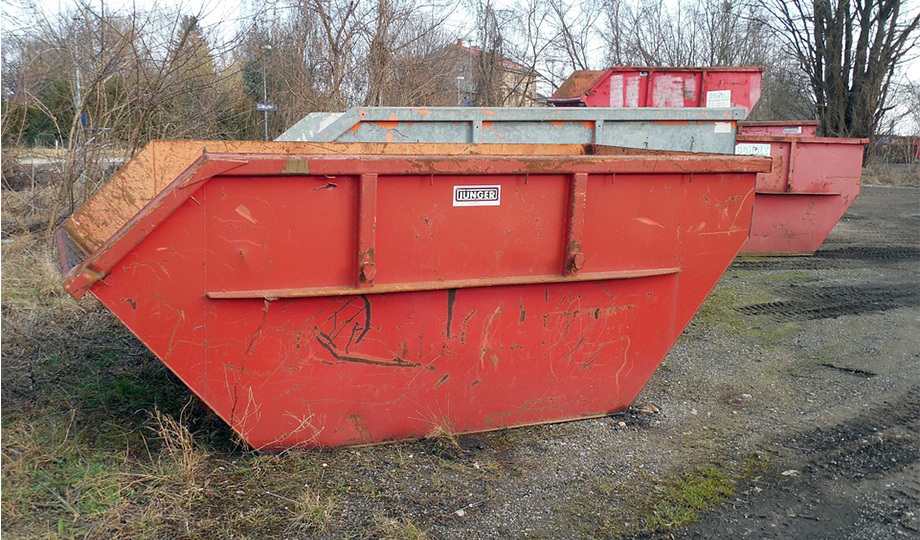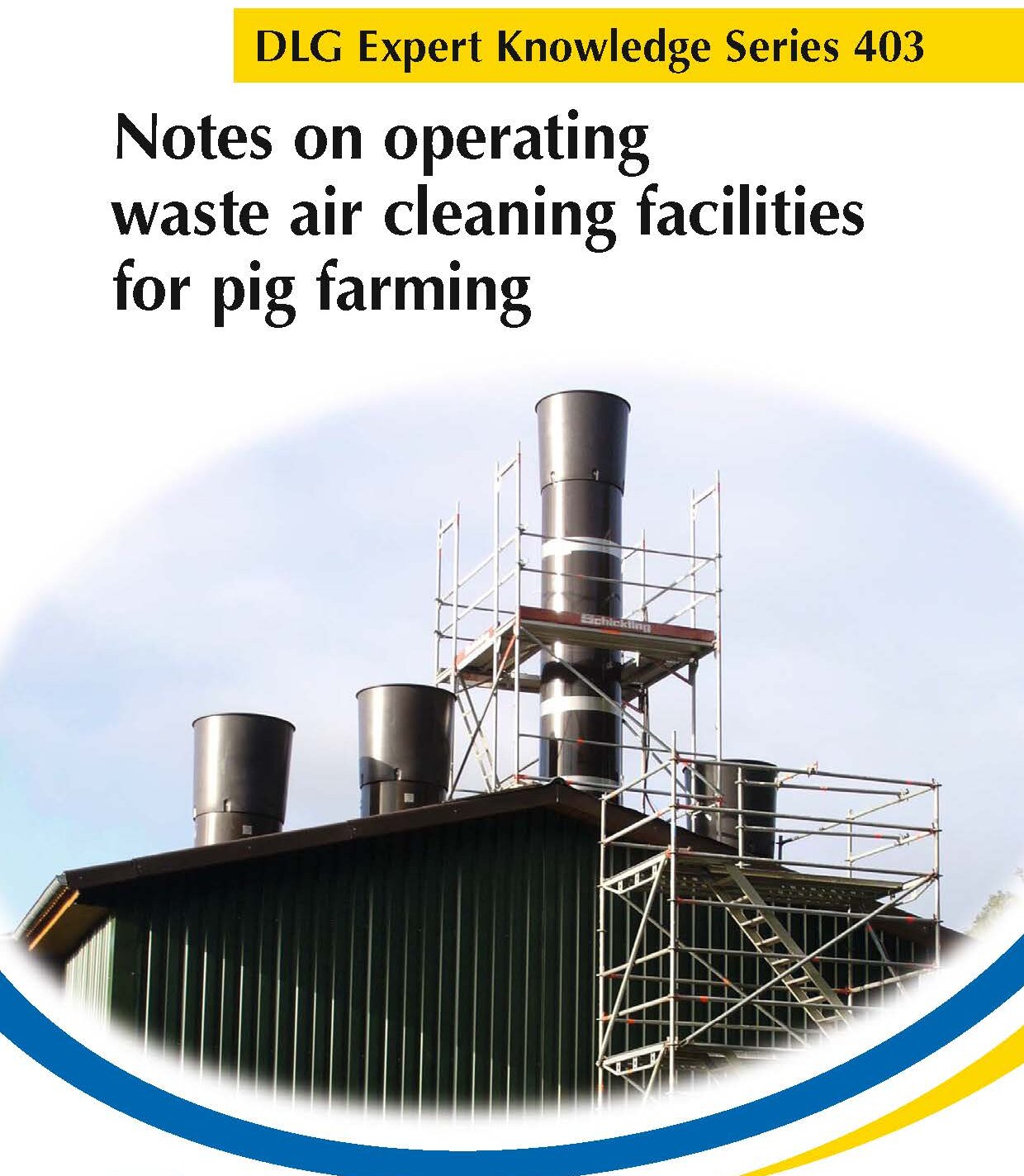Waste is a pervasive problem that affects all aspects of society. It can take many forms, from the trash that accumulates in our landfills, to the excess resources that are consumed and discarded in the production of goods and services. Despite the significant impact that waste has on the environment and our quality of life, it is often something that we take for granted and fail to properly address.
One of the main sources of waste is the production and consumption of goods. Many products are designed to be disposable, meaning they are intended to be used once and then thrown away. This contributes to a culture of overconsumption, in which we are constantly encouraged to buy more and more, regardless of whether we actually need or will use the items we are purchasing.
In addition to contributing to the waste stream, this type of consumption also has a significant environmental impact. The production of goods requires the use of resources such as water, energy, and raw materials, which can be depleted or polluted in the process. The transportation and distribution of these goods also generates greenhouse gas emissions, contributing to climate change.
Another major source of waste is food. According to some estimates, as much as 40% of the food produced globally is wasted, often due to overproduction, cosmetic standards, and the lack of efficient distribution systems. This not only represents a significant waste of resources, but it also has serious social and environmental consequences. The production of food requires a significant amount of energy, water, and land, and the waste of these resources has a direct impact on the environment. In addition, food waste contributes to greenhouse gas emissions, as decomposing food generates methane, a potent greenhouse gas.
So what can be done about the problem of waste? One solution is to adopt a more sustainable approach to consumption. This can include choosing products that are designed to be durable and reusable, rather than disposable, and opting for products that are made from sustainable materials. It can also mean being more mindful of the resources we consume and the waste we generate, and taking steps to reduce our consumption and waste wherever possible.
Another solution is to improve the efficiency of the waste management system. This can include better recycling programs, which can help to divert waste from landfills and reduce the demand for new resources. It can also include the implementation of composting programs, which can help to reduce the amount of food waste and turn it into a valuable resource.
Ultimately, addressing the problem of waste requires a multi-faceted approach that involves changes at the individual, societal, and policy levels. By taking steps to reduce our waste and adopt more sustainable consumption and waste management practices, we can create a more equitable and environmentally sustainable future for all.








